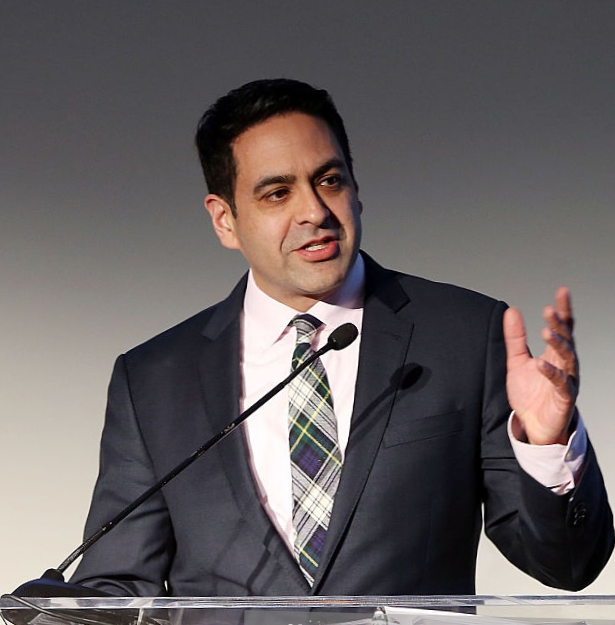To optimize surgical outcomes, we are studying how combining surgery with molecular therapies can improve vision in our Molecular Surgery Program directed by Dr. Mahajan. We can now think beyond using surgery as a means of manipulating tissues. Manipulating molecules through surgery is the next step in highly personalized, precision medicine.

Combining surgery with the injections of specific molecules can improve surgical outcomes. In the Molecular Surgery Program, our surgeon and scientist teams are involved in developing gene therapies to fix faulty genes, optimizing cell transplants to replace unhealthy tissue, and using proteomic analyses of liquid biopsies to select the personalized drugs in hard to treat cases.
One area of success and continued development is investigations in the proteomic analysis of eye fluids to improve diagnostics and personalized therapies. Using new proteomics technologies, our team can quickly find specific protein expression signatures that distinguish autoimmune disease from cancer, or an infection, each requiring very different therapies. Getting the correct diagnosis as soon as possible is essential to choosing the right therapy approach, and these protein biomarkers can provide the needed clarity.
Fluid analysis has also pointed to novel retinal disease proteins that do not yet have a drug therapy. We can characterize proteins from liquid eye biopsies using proteomics technology. In only a few drops of fluid, we can measure thousands of molecules to identify overabundant proteins that trigger vision loss. Those proteins can then be matched with on-the-market drugs. We are exploring these new disease proteins at the atomic level and working with colleagues in Stanford’s Chemistry and Structural Biology programs to design innovative small-molecule drugs.
In addition, we apply evidence-based approaches to study and improve traditional surgery for our patients. We also translate human surgical methods into laboratory models of disease. Once surgeons and scientists have a molecular target in their sights, numerous molecular drugs are available to them. These may involve enzymes, genes, antibodies, or chemicals. Eye surgeons can precisely and safely deliver any of these molecules near specific cells in the eye, avoiding the toxicity and issues associated with drugs taken by mouth or injected into the blood stream. Once delivered, patients can be observed noninvasively in the clinic using ultra-high-resolution cameras.
Recasting eye surgery in molecular terms will allow Stanford ophthalmologists to take innovative approaches to curing blindness.
In all of these endeavors, our educational mission at Stanford continues to focus on providing the best possible training for surgeons and researchers in advanced surgical techniques.

